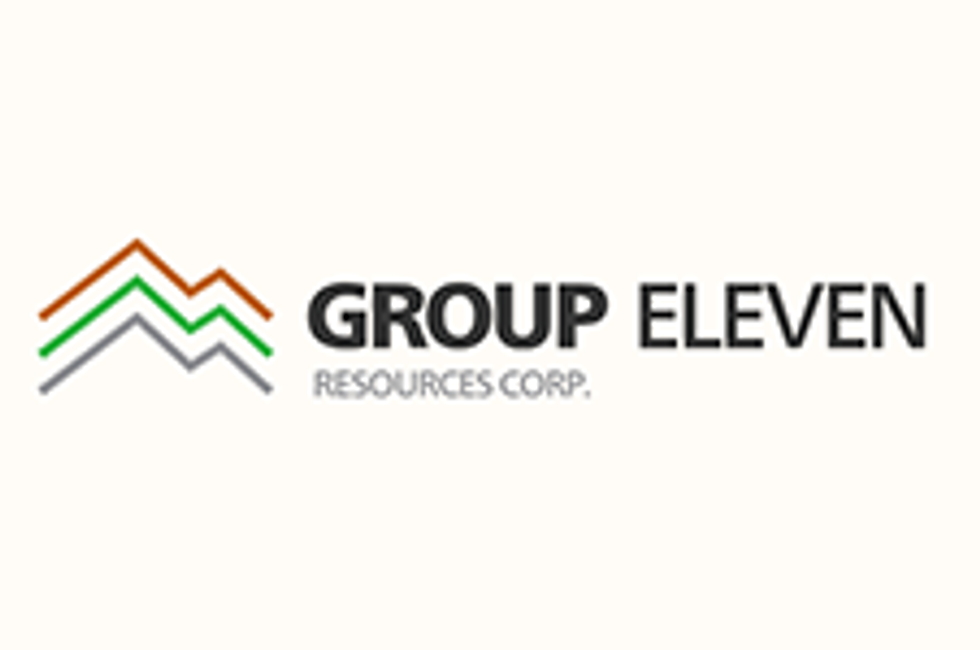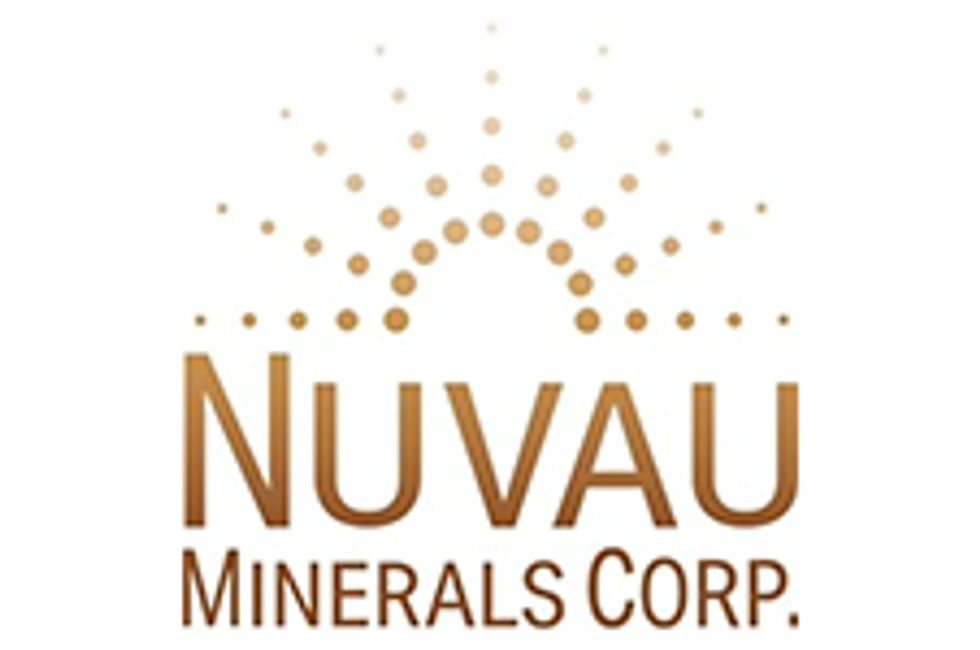Analysts Divided: Will Zinc Prices Rise in the Next Few Years?
Some analysts believe zinc prices will nearly double in the coming years; others think they will stay flat. Which camp is correct?
It’s an interesting — and uncertain — time to be in the zinc market. Though analysts seem to agree that in 2013 prices for the base metal will remain largely unchanged, looking further into the future there is much less consensus; some believe that in the next few years zinc prices will nearly double, while others see them remaining much the same.
That’s the premise of a recent article by Mineweb’s Kip Keen. In it, Keen points to recent forecasts from Citigroup (NYSE:C) and Credit Suisse (NYSE:CS), noting that the former “sees zinc at 84 cents a pound next year, 93 cents in 2015 and 95 cents” in the long term, with the latter placing zinc at “80 cents in 2014, 85 cents in 2015, 90 cents in 2016 and 85 cents” longer term.
Those are pretty tame predictions given that Friday’s zinc spot price was $0.87 per pound.
There are, however, some “serious zinc bulls,” Keen states. One is Patricia Mohr, a commodities analyst at Scotiabank, who told Mineweb in an email that she believes the base metal will rise to $1.50 per pound sometime around 2015 or 2016. Another is Wood Mackenzie, which Keen says sees zinc exceeding $1.50 per pound between 2016 and 2018.
Also in that camp is Mark Cruise, CEO of Trevali Mining (TSX:TV). He told BNamericas midway through October that compared to other base metals, zinc’s short- to medium-term price outlook is “more compelling,” stating that Wood Mackenzie is on the right track with its outlook. “I think everyone would agree that strengthening zinc is the most likely scenario,” he said.
The sticking point is that everyone clearly does not agree. But why not?
Mine closures in question
At hand is an issue discussed by Zinc Investing News back in May: whether new zinc mines being built by the likes of Canadian Zinc (TSX:CZN,OTCQB:CZICF), Donner Metals (TSXV:DON) and Cruise’s Trevali will overpower the market with production or merely fill the gap that is being created by the closure of major zinc mines such as Canada’s Brunswick and Perseverance.
Stephen Briggs, a senior metals strategist at BNP Paribas, was at the forefront of the discussion at that time, telling Metal Bulletin that “[t]here is a good medium-term story [for zinc], but that’s tending to disappear, and is being pushed further out.” In his opinion, the problem is that too many zinc companies see their mines as the solution to the decline in production that is set to occur.
“None of them is huge. It’s a bit like copper in the sense that nobody is talking about very, very large mines, but there are quite a lot of medium-sized new mines and expansions. They’re mostly of the 100,000-tpy order of magnitude,” he said.
Keen’s article reveals that Citigroup’s thinking falls along much the same lines. He quotes a report from the firm as saying, “[o]n the mine supply side, the bullish narrative for zinc in the form of ore depletion at larger older mining complexes continues to be pushed forward into the future. Given recent announcements over the Century mine in Australia, with Minmetals further extending mine life into 2016 and perhaps beyond, plus the probable development of other Minmetals projects, Dugald River and Izok Corridor, life of mine extensions at Skorpion in Namibia, and continued Chinese mine supply growth, there appears to be little prospect of a significant tightening of the zinc market until 2018 at the earliest.”
And, as a Financial Times article states, even if zinc prices do rise, some believe Chinese zinc producers “could respond rapidly … boosting production and calming the market.”
However, those who are more bullish on zinc see the situation differently. Specifically, they believe that the “medium-sized new mines and expansions” mentioned by Briggs will not be enough to fill the gap in production left as large mines shut down.
For instance, the Financial Times quotes Sanjay Saraf, head of base metals research at Thomson Reuters GFMS, as saying, “[w]e are in an environment in which mining companies are reviewing, deferring or cancelling potential projects generally.” Similarly, Daniel Maté , head of zinc trading at Glencore Xstrata (LSE:GLEN), told the news outlet, “[m]ore than 2m tonnes of new supply is needed by 2016. There is a real shortage of quality projects in the pipeline which are anywhere near ready for production.”
What’s an investor to do?
With both camps currently firmly set in their positions, it seems that, as is often the case, market participants will have to be content to wait and see for a little longer. As one trading house executive told the Financial Times, “[t]he bull story has moved from possible to plausible. But I would still not call it probable.”
Securities Disclosure: I, Charlotte McLeod, hold no direct investment interest in any company mentioned in this article.
Related reading:

